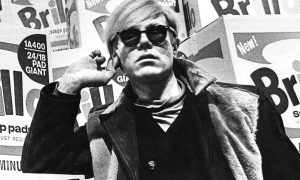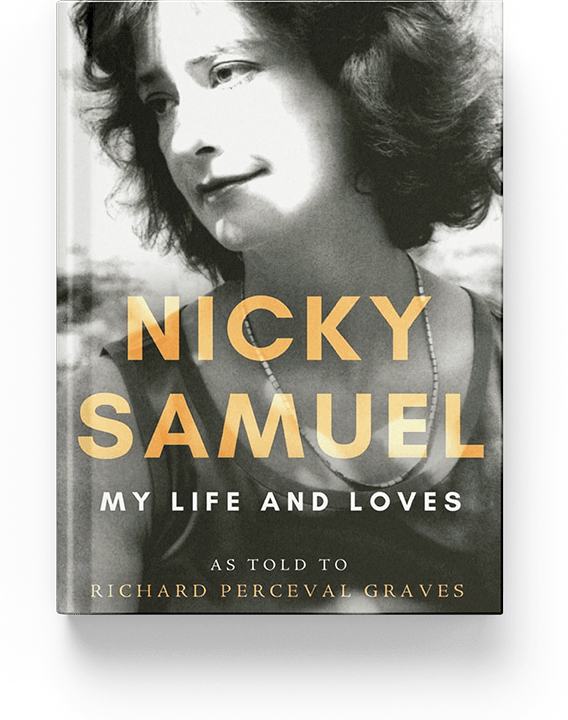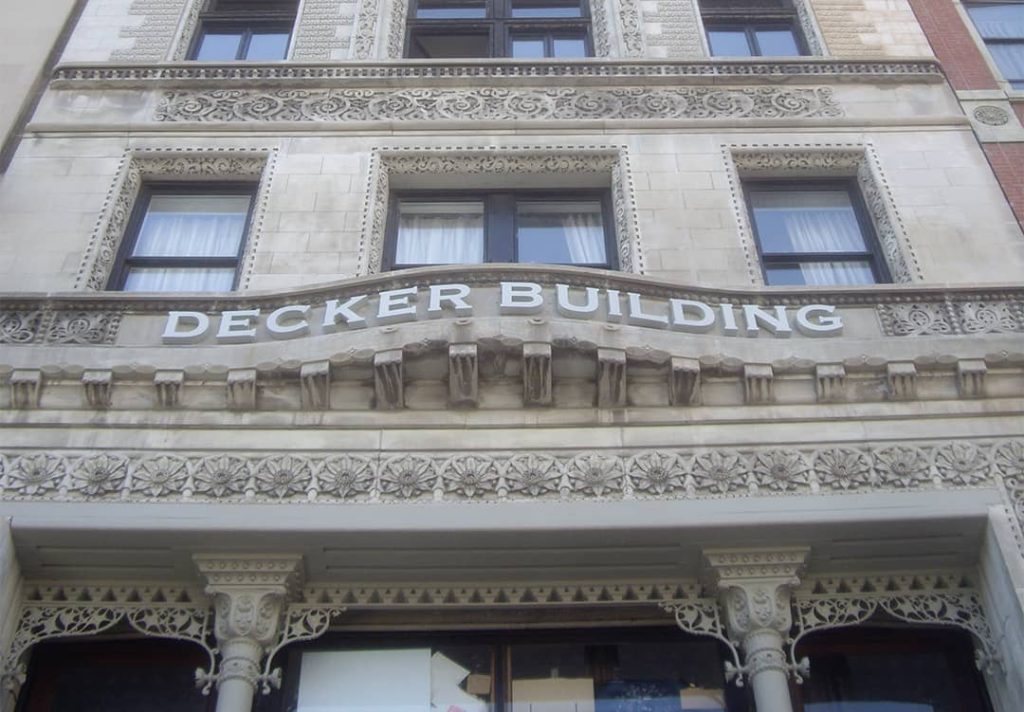

Andy Warhol's Creative Studios
The Factory
Andy Warhol’s Factory studios were a series of different sites he established as locations in which he could create, explore and develop his work. Warhol’s involvement with these places, and the extensive team he managed to enlist to help him create his artwork, led to the studios becoming culturally famous spaces in their own right during the 1960s. Members of the cool crowd flocked to the various Factory locations to soak up the atmosphere, socialise and party.
Warhol’s first professional location was sought out owing to the mess his work was creating at his home. He felt he needed more space to expand and paint. In January 1963, an old firehouse at 159 East 87th Street in New York City became his first external studio. The rent was $150 a month, a low rent by New York standards even at 1963 prices, which reflected the undesirability of the location.
Shortly after Warhol had started working here, he was advised by his landlord that his stay would need to be short-lived. In November of the same year, he therefore found his next studio, at East 47th Street in Midtown Manhattan. A loft space on the fifth floor of this building would become the first ‘Factory’ location.
The Factory lived up to its name by producing 80 prints a day by the summer of 1964 for a series of his work called Flowers, using the silkscreen technique for which Warhol is known. The total number of prints created in this series was over 900, and they were available in a range of different sizes.
The name ‘The Factory’ was not initially adopted by Warhol himself – he saw each of the successive locations simply as his studio spaces. It was rather guests and visitors to the spaces who coined the name after gathering socially at these locations for parties organised by Gerard Malanga, Warhol’s long-standing assistant. Although they were there chiefly for the parties and social mixing, visitors were in awe at the amount of work that was being produced, hence the name ‘The Factory’ being adopted. Gradually, this name stuck.
Guests enjoyed socialising in Warhol’s studios and engaging with other interesting people who were in attendance, as well as watching the artist at work. Although widely reputed to be an antisocial character, Warhol would often ask for his visitors for help with his prints, allowing them to be involved in the process.
The East 47th Street studio was nicknamed the Silver Factory due to its extensive decoration by an American photographer, filmmaker and lighting designer called William George Linich (1940 – 2016), who was known professionally as Billy Name. Linich covered it in silver-coloured decorations, with silver spray paint, tin foil and mirrors used across the whole of the studio to convert it into a conceptual space that seemingly transported visitors into the future. Warhol’s time spent here, probably influenced by the decoration, became known as his Silver Era. During his tenure, he created a huge variety of famous art pieces, including both paintings and prints; and he also created sculptures, worked on a number of films, and even designed some shoes.
Warhol’s next move, in 1967, was to 33 Union Square West, a sixth-floor studio space within the Decker Building. This had been designed by Architect John H. Edelmann (1852 – 1900) for the Decker Brothers piano company back in 1892. During his period of residence at the Decker Building, which lasted until 1973, Warhol worked continuously on his paintings, and was able to mass-produce his work via the use of silkscreens, assisted by a strong team known as the Warhol Superstars, which was composed of an assortment of adult film producers, drag queens, socialites, musicians, and other hangers-on. The willing industry of this eclectic bunch of people made it possible for Warhol to push out his work at the rate he wanted, and gave the Factory spaces their unique reputation as a place of choice for the cool kids.
In 1968, Warhol was shockingly shot in the stomach in the lift of the Decker Building by American radical feminist Valerie Solanas (1936 – 1988), author of the SCUM (Society for Cutting Up Men) Manifesto. Remarkably, Warhol survived the near-fatal blast. Sadly, this incident had a negative psychological impact on him, inducing paranoia concerning the guests that would seek to visit, with the result that the open-door policy for which his Factory spaces had long been known was replaced by one of much more cautiously vigilant vetting and screening.
The final Factory space, from 1973 to 1984, was at 860 Broadway, towards the north end of Union Square. Warhol’s security arrangements here were further tightened, with a more robust security system being installed to help ease some of his persistent personal safety concerns. Foreign receptionists were hired as a way of putting off anyone with suspected untoward intentions by making them think they had the wrong number. This strategy was surprisingly effective.
Despite the tighter security arrangements in the latter years, the Factory spaces, whatever their various locations, acted not only as a huge source of artistic inspiration for Warhol, but also as a social mileu with a buzzing and exciting atmosphere, one that over the years drew in all manner of notable guests.
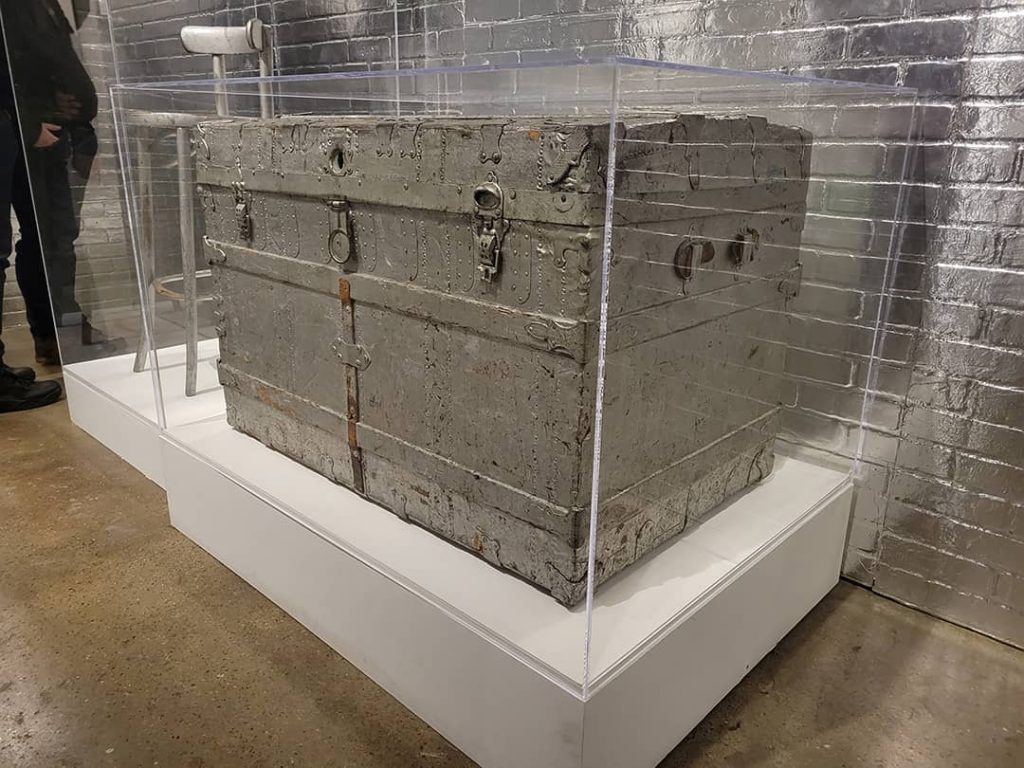
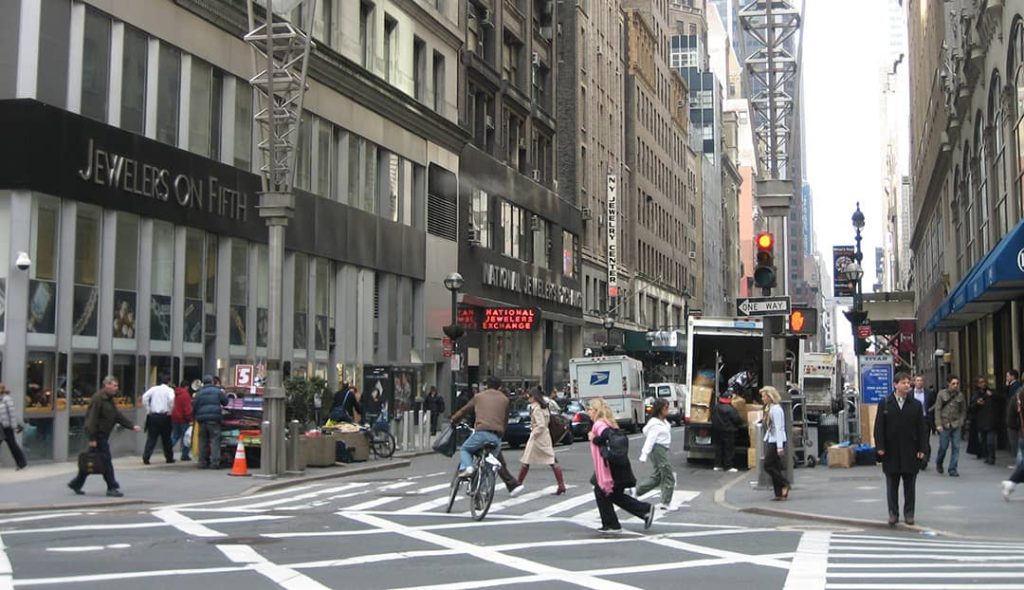
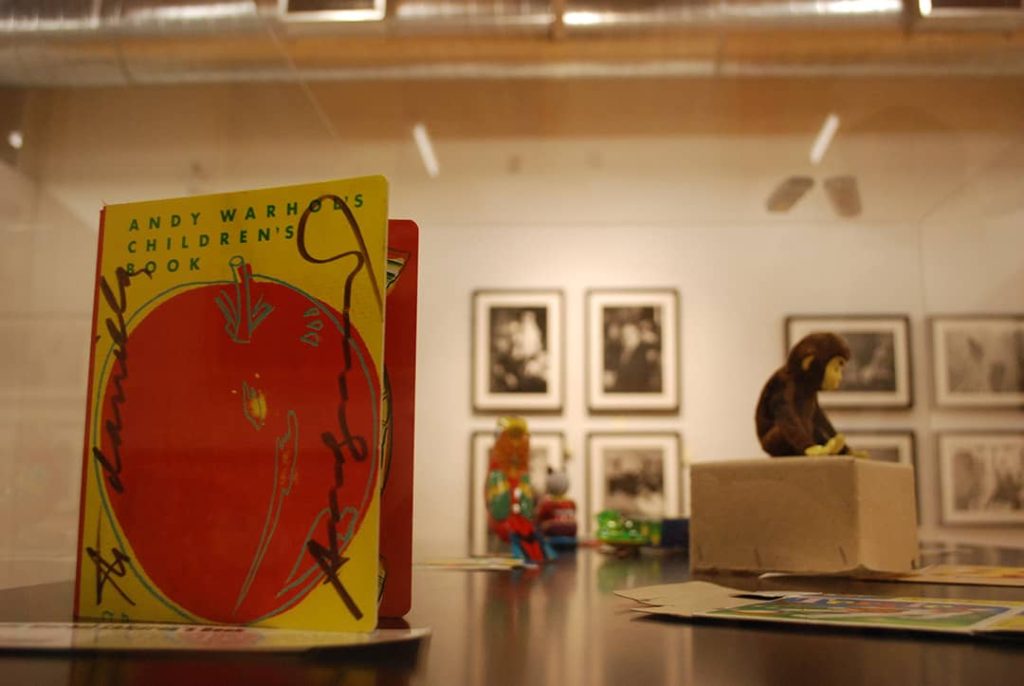
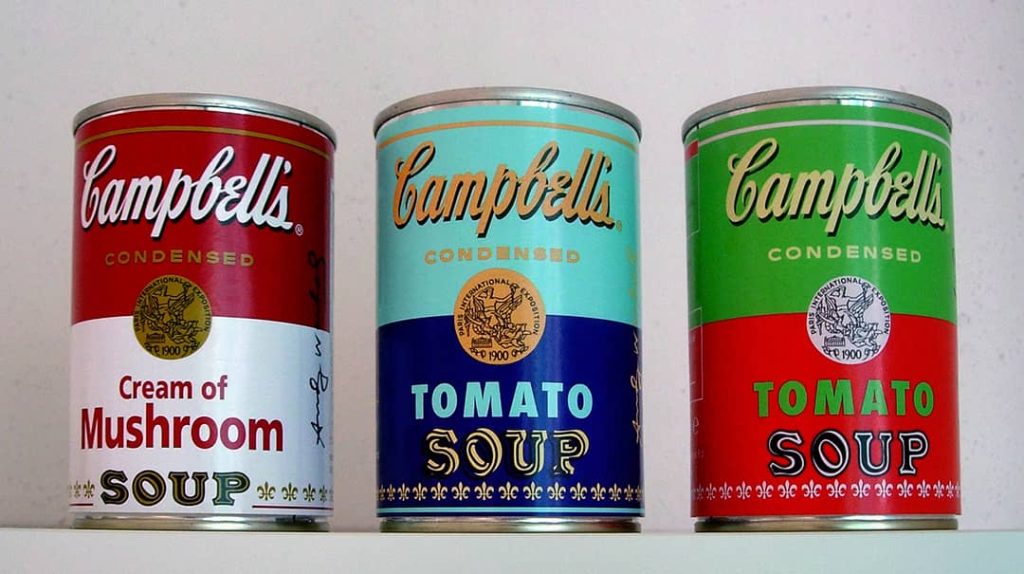
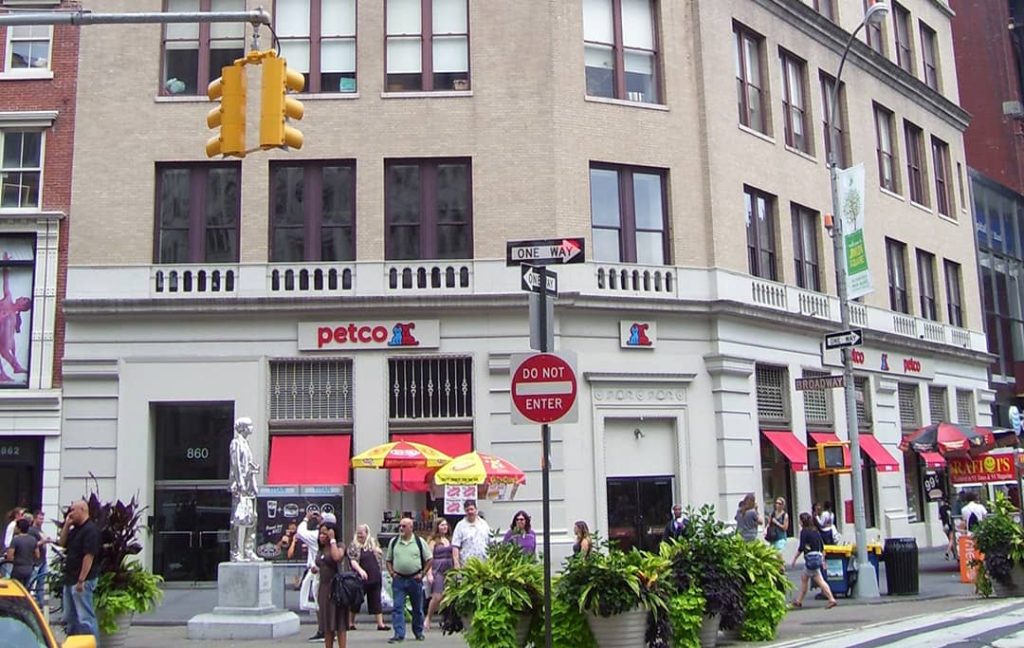
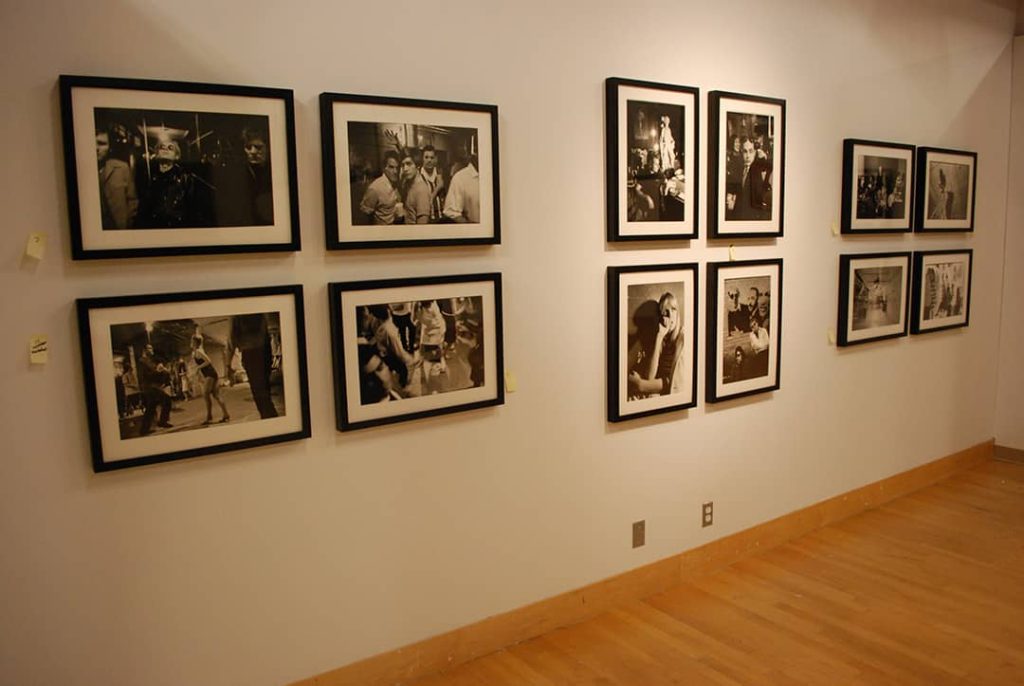
![nicky-samuel Portrait photograph of Nicky Samuel Waymouth [date unknown]](https://www.theswinging60s.com/wp-content/uploads/2021/06/nicky-samuel-300x198.jpg)
